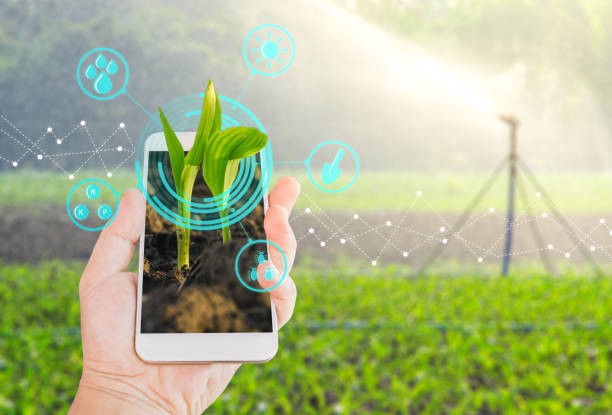



Article by: Hari Yellina
By 2025, the world’s population is expected to surpass 9 billion people. With a sharp increase on the horizon, countries must consider innovative ways to feed their people. It is not, however, easy. As the population shifts from rural to urban areas and no one steps forward to handle next-generation farming, now is the ideal time to introduce disruptive technology such as artificial intelligence and robotics into agriculture. Many commercial areas, such as customer service, manufacturing, shipping, and transportation, have already been invaded by robotics. Fortunately, agriculture is the next industry to embrace technology for a dramatic transformation. But, of all the technologies, why robotics? This is because it can bridge the gap between labour and production requirements.
1. Autonomous Precision Seeding
As everyone knows, sowing seeds is the first step in starting a farm. Farmers have always used their hands to scatter seeds. Farmers sprinkled them with a ‘broadcast spreader’ attached to a tracker when modern technology became available. Despite the fact that the operation became simple, the associated features tossed a huge proportion of the seeds over the field, causing it to be completely wasted. Autonomous precision seeding can help, thankfully. The system can plant the seeds exactly where they need to be for good growth using a combination of robotics and geomapping.
2. Multi-Talented Robots for Harvesting
Robots are well-known for taking over repetitive activities from humans. When it comes to harvesting and picking, they do exactly that. Harvesting is a tedious task that must be completed in order to reap valuable food products. Robots are taking over these tedious activities to relieve people of them. While robots can readily plant and harvest basic food grains like wheat and barley, others, such as fruit and vegetable harvesting, require multi-talented robots.
3. Micro-Spraying Robots
The majority of the chemical repellant that is sprayed on the plants ends up damaging the soil. Despite the fact that the ground is regularly churned to change its texture, the future planting has a lower chance of escaping the chemicals. It also has a negative impact on the ecosystem. As a result, farmers are employing micro-spraying robots to mitigate the effects. Micro-spraying robots can detect weeds and spray a targeted drop of herbicide onto them using futuristic computer vision technology.
4. Robotic Automation Process
Planting in a nursery is a popular choice among gardeners. We can receive veggies and fruits for our daily needs by planting the necessary crops at home. It is, however, rather time consuming to groom and water them on a regular basis. This is where robotic automation shines the brightest. All nursery planting tasks are handled by robotic process automation, including watering at regular intervals and plucking ripe vegetables or fruits.
5. Robots to Remove Weeds
Weeds are the biggest enemies to farmers. Removing their notorious unwanted growth is both time-consuming and difficult. That is why farmers are now using robotics to counter the challenge. Autonomous robots, powered with computer vision technology, are capable of exactly identifying the weeds and yanking them out before they could spread further.